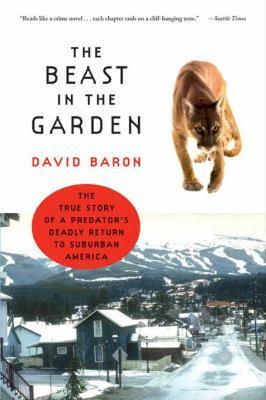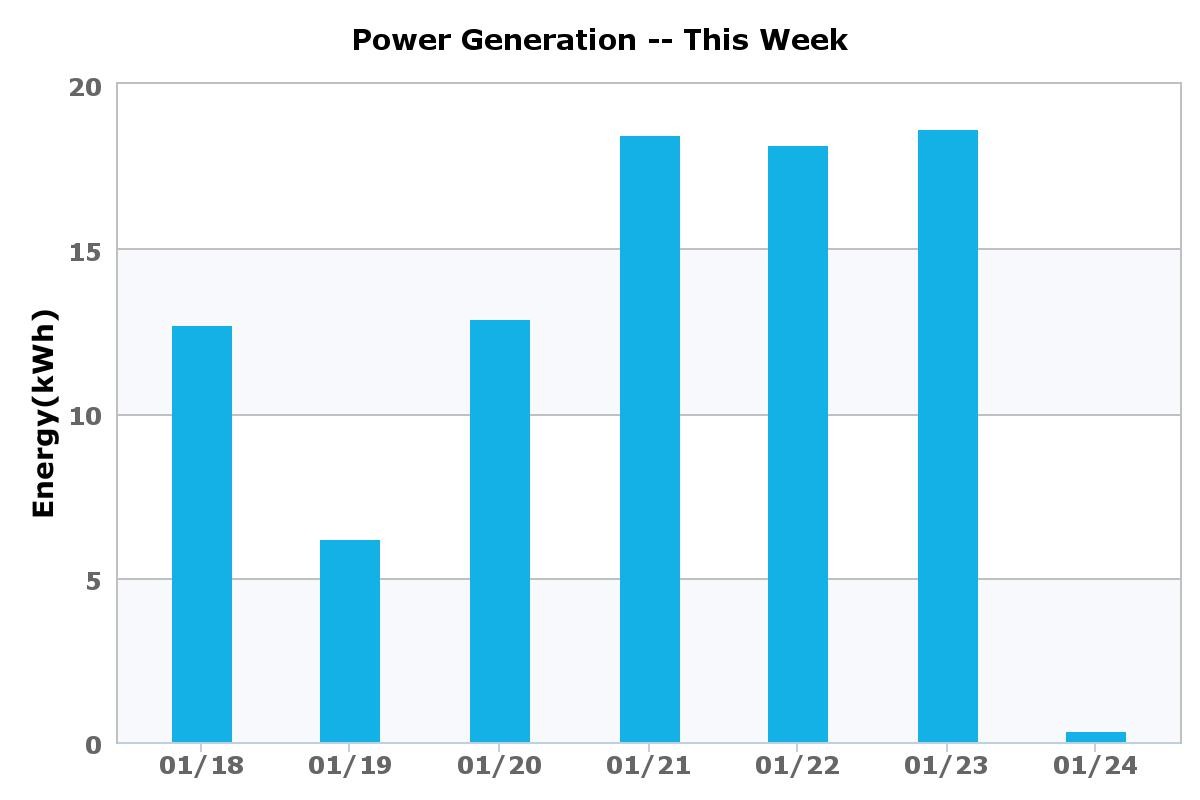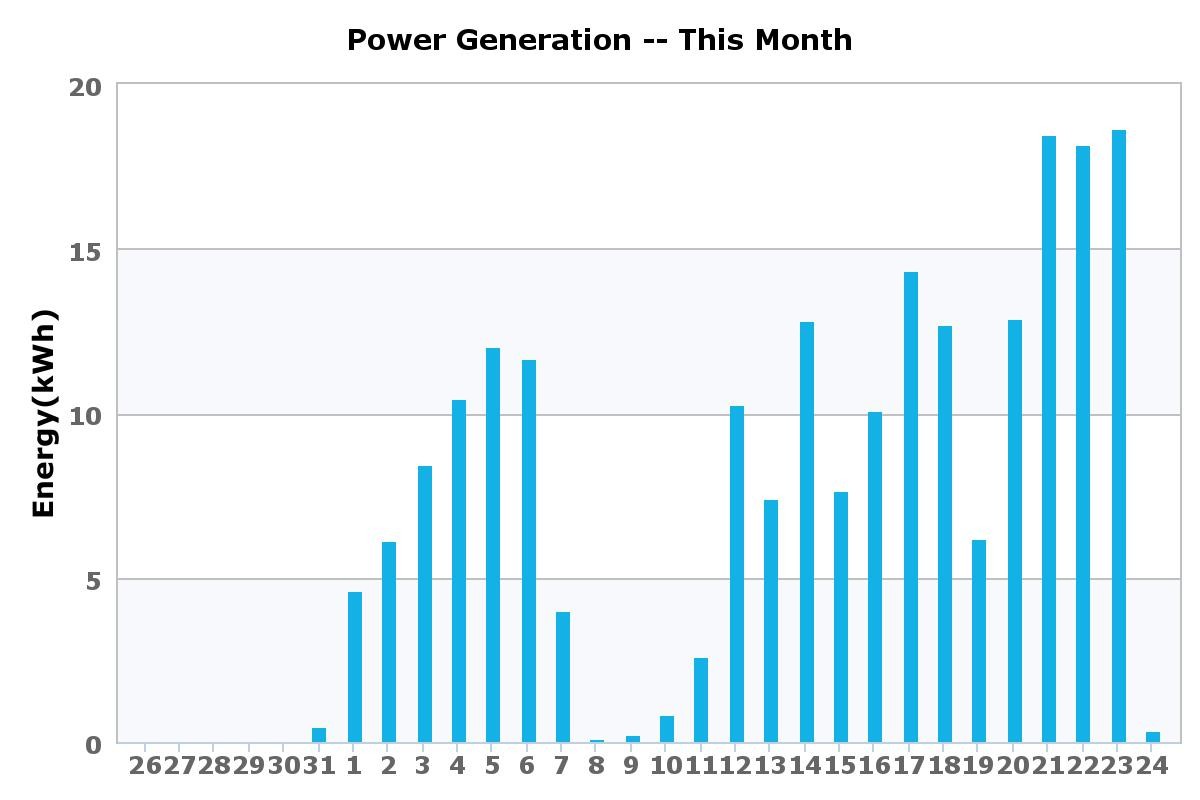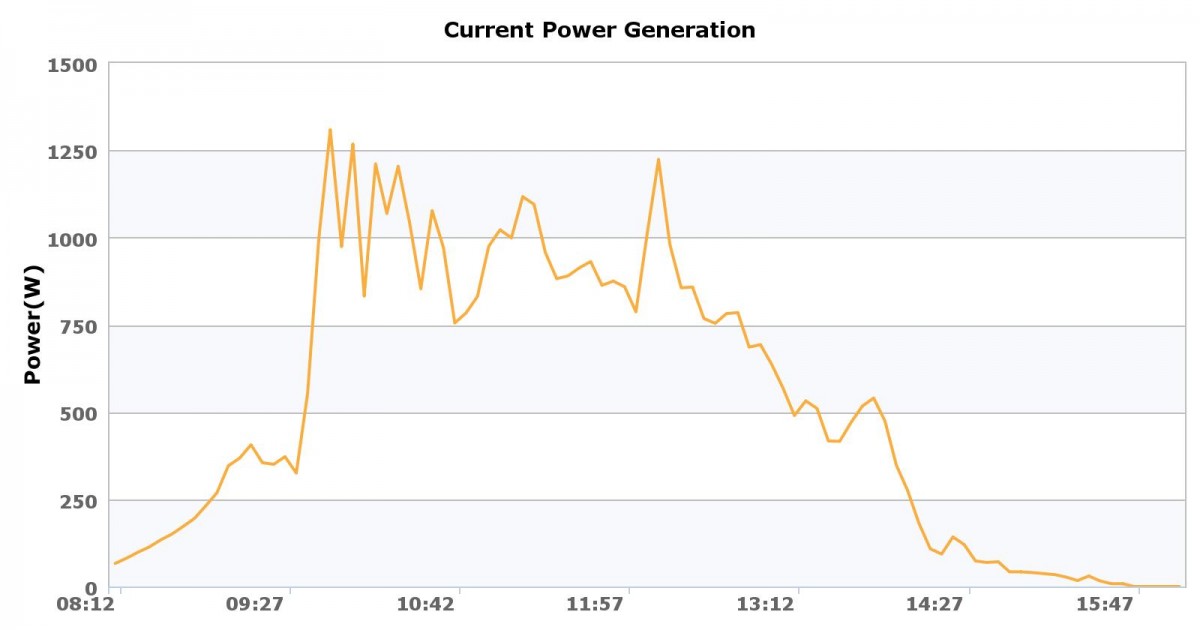Spring Maiden Moon
 Finished a 2010 book, The Beast in the Garden, today. By David Baron, an NPR reporter, Beast examines the changing nature of the wildlife/human interface especially through an examination of mountain lion activity in and around Boulder, Colorado in the late 1980’s into the mid-1990’s.
Finished a 2010 book, The Beast in the Garden, today. By David Baron, an NPR reporter, Beast examines the changing nature of the wildlife/human interface especially through an examination of mountain lion activity in and around Boulder, Colorado in the late 1980’s into the mid-1990’s.
Baron did an exhaustive amount of work. He recreates the time period in which Boulder’s love for nature and its actions to both create and preserve a natural setting resulted in tragedy and conflict. After several years of encouraging wildlife into the city through tolerance, rings of urban parks and conservation of land outside its limits but contiguous, Boulder had an irruption of deer. An irruption is, as Baron says, very similar in meaning to its volcanic homonym.
There’s a saying here on Shadow Mountain, “If you have deer, you have mountain lions.” That proved true in Boulder. The problem was, that since the elimination of the wolf, mountain lions no longer had any predator of their own and had become desensitized to their ancient foe: the canid. No longer did just any dog barking drive away mountain lions. That meant the lions could follow their main food source, deer, into human inhabited areas where they could encounter dogs.
Some cougars began to hunt dogs. The combination of hunting deer, their ancient and still most frequent prey, and dogs, kept as pets and therefore nearby human’s daily life, led to certain cougars becoming habituated to humans. Habituation involves suppression of the once instinctive fear of humans engendered by early farmers and ranchers near extermination of the species. Once that fear is suppressed humans are bipedal potential sources of dinner. Dogs were eaten. Cougars lounged in people’s backyards. A few attacks occurred. Then, a couple of deaths. This book tells that story.



